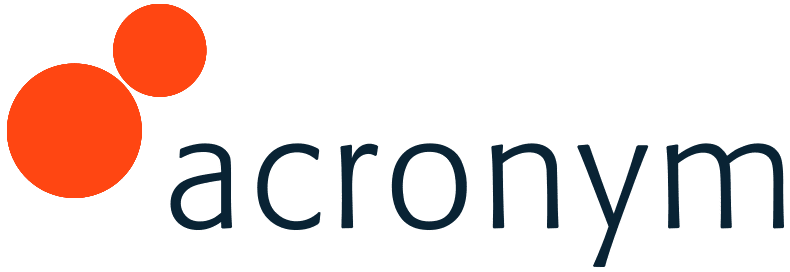By Thom Craver
 Do you measure bounces or a bounce rate for visitors to your website? Do you consider the metric good or bad? Your answer should truthfully be, “it depends.”
Do you measure bounces or a bounce rate for visitors to your website? Do you consider the metric good or bad? Your answer should truthfully be, “it depends.”
What is a Bounce? What is Bounce Rate?
A bounce, by definition, is a visitor who arrives on your site, views one page, and immediately exits. By that definition, the bounce rate is the total number of visits with only one page view divided by the total number of visits to your site.
Total One-Page Visits
Total Visits
Is a Bounce Bad?
If you have a high bounce rate, do you panic?
Consider that not everyone who comes to your website is there to make a purchase or convert whatever on-site macro goal you have.
Also consider that with universal results and good SEO, a visitor who performed a specific query may have landed directly on the page they needed. They may have gotten the phone number they needed or that nugget of tech support. Perhaps they even downloaded a PDF from your site.
The point is, you need to apply context to your bounce rate.
For example, in a previous position I was in charge of a college website. Students would often search for a professor’s name with the phrase [office hours]. Invariably, they would land on that professor’s bio page, which listed office location, phone number, and hours. They’d then leave. While that’s a bounce, the website provided the perfect answer on the landing page.
Students have an incredibly short attention span. Getting them in and out of the site with the right information meant they had been provided a valuable service.
Our site had several audience groups: current students, future students (graduate and undergraduate) and businesses (for internships and grants), just to name a few. For the current students, this bounce was actually a good thing. For a future student, it would likely not be.
However, consider the source. The source was a search for a specific professor and action. Couple this information with the landing page and you have a profile of a visitor who wasn’t looking to enroll in a new program, come to an open house, or sponsor a research project.
However, let’s take another bounce from a group of potential students. These students already registered for an open house. Yet they came back to the open house landing page I used in an email campaign to them.
We typically noticed a high spike and bounce rate to the landing pages the day before and the day of an open house. Typically, these future students would save the email in their inbox and use it as a link to remember the time, room number, and to get directions.
Do all these bounces mean my marketing campaign failed? Not in the slightest.
Segmentation is Your Friend!
You’ve likely heard it before – it’s meaningless to measure data of aggregate groups.
- Why count all visitors, regardless of intent?
- Do I really need to count the visitor groups in the above two examples as bounces?
- What does bounce mean to our overall objectives?
Essentially, I want to make sure all visitors convert some goal. Shouldn’t the real intent of a measured bounce rate change based on the audience?
Action should be taken on those visitors who don’t complete a goal. Whether you remarket, hit them with a survey, or let them wander off to the competition is up to you. However you need to be aware of them first.
Regardless of the analytics software you use, segments are the key to understanding visitor behaviors and intent.
In the above examples, I wasn’t concerned with how many of those visitors bounced. They had specific intents and both converted a micro goal. Why continue to count them?
Instead, lose the “bounce rate” moniker. Set up a report to count visits without a conversion who viewed one page. Segment all visitors who have completed micro conversions. Segment to exclude them.
What you’ll have left should be a more accurate measurement of people who had an intent but left prematurely for some reason. Call it a “Premature Segmentation
Originally published on Search Engine Watch








